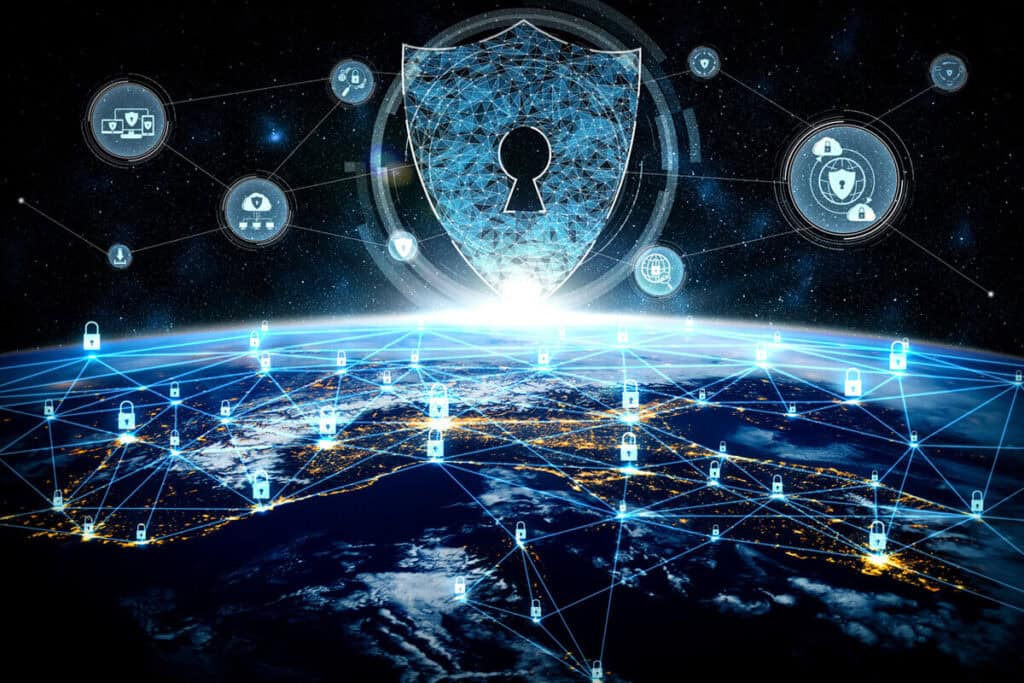Key Highlights
- Business continuity and cyber security are essential partners in any organizations defense against disruption.
- A business continuity plan (BCP) is a set of preventive and recovery actions that help organizations maintain continuity of critical business functions in the event of a disruption.
- Key components of integrated business continuity and cyber security include comprehensive risk assessments, incident response strategies, and a proactive incident response plan.
- Disaster recovery is another pillar of business continuity, and aligning it with cybersecurity strategies involves regularly testing and updating disaster recovery plans.
Table of Contents
Toggle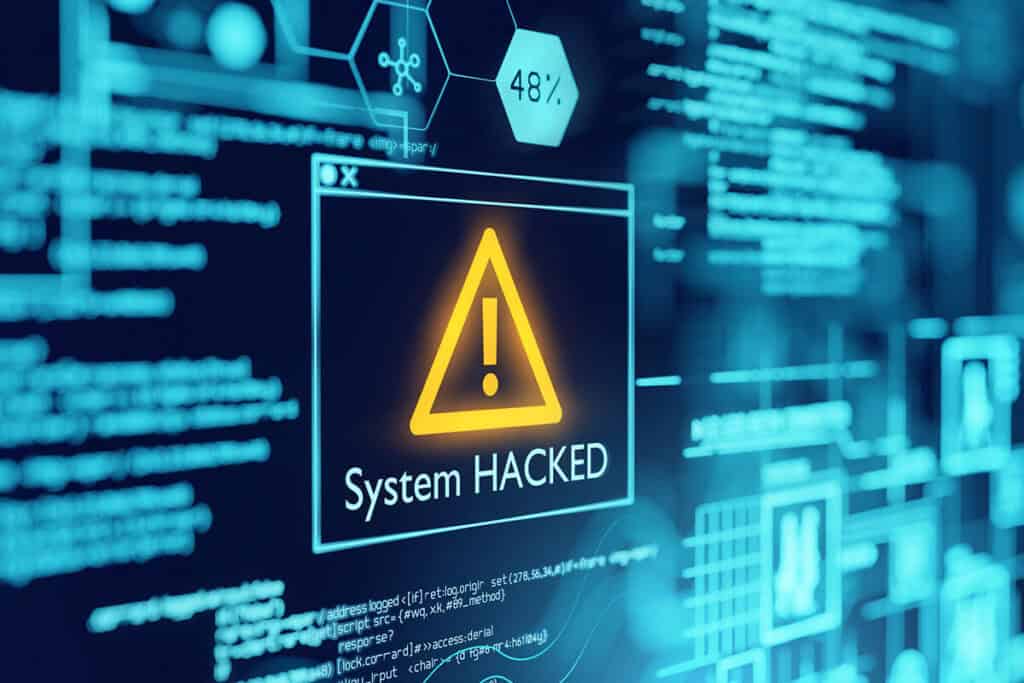
Introduction
Every organization today faces the threat of disruption from a cyber attack. Implementing a combined business continuity and cyber security defense has to be at the top of every business leaders agenda. Organizations who don’t prioritize these essential disciplines risk financial and reputational damage. This blog will provide advice on how you can protect your business from not just cyber attacks, but also how you can keep operating when events like fires, pandemics, floods, IT failures, and more hit you.
Importance of the fusion between business continuity and cyber security

Business continuity
Business continuity involves maintaining critical functions during disruptions, while cybersecurity protects against unauthorized access and data breaches. Integrating these areas is crucial for operational resilience against cyber threats. Without a comprehensive approach covering both areas, businesses are at risk of severe disruption.

Cyber security
Cyber attacks, including ransomware, phishing, data breaches, and DDoS attacks, can cause catastrophic damage. Implementing cyber security alone is just one part of the essential measures that need to be in place. Integrating business continuity and cyber security will help you to keep your operations going when the cyber attack happens.
How critical is cyber security in business continuity planning?
Cybersecurity is an essential part of business continuity planning, addressing the risks to the continuity of critical functions from cyber threats. The ever increasing rate and sophistication of cyber attacks mean that organizations continually face very high risks of disruptions and data loss. Disruption from cyber attacks is now much more likely than disruption from other types of events. Hence integrating business continuity and cyber security approaches is an essential activity.
Business continuity risk assessments need skilled input from cyber security specialists on specific cyber risks. Understanding and mitigating the vulnerabilities and threats from attackers will help to create a more robust business continuity plan.
What are the key components of a cybersecurity-enhanced business continuity plan (BCP)?
A cybersecurity-enhanced business continuity plan includes several key components to ensure the resilience of an organization’s operations in the face of cyber threats. These components work together to identify, mitigate, and respond to potential cyber attacks:

Conduct comprehensive risk assessments for resilience
Conducting thorough risk assessments is essential for any BCP, not just one that’s enhanced with cyber security. The risk assessments should identify all potential risks, then prioritize those that need to be addressed based on the impact to critical functions and the probability of the risk materializing.
The cybersecurity risk assessments will focus on identifying and evaluating cyber attack risks, including potential threats, their likelihood, and impact on business continuity. All aspects of IT should be considered, including systems, networks, applications, processes, and staff. The focus should be in identifying all vulnerabilities, so that the potential impact of successful cyber attacks on operations, finances, and reputation can be evaluated.
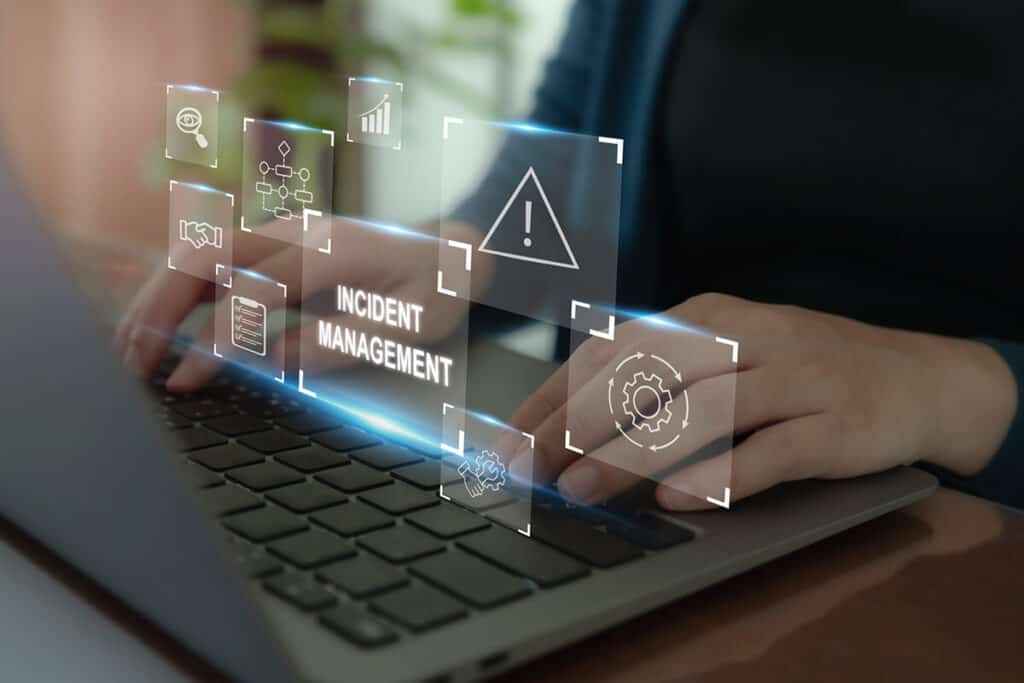
Incorporating incident response strategies to reduce downtime
When a cyber attack hits, rapid response is the key to limiting the damage. Well defined and rehearsed incident response strategies can promptly identify and deal with attacks, supported by tools and technologies to monitor systems and networks for signs of a compromised cyber defence. This will minimize operational and data impacts. A good incident response strategy includes anticipating risks, updating and testing the plan regularly, and training staff.
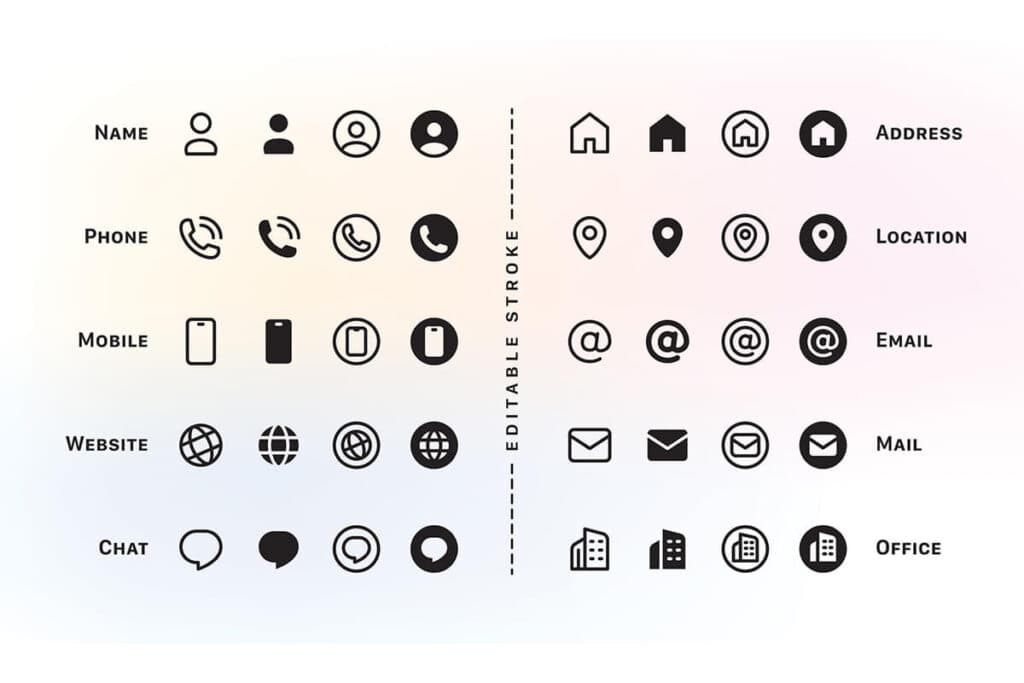
Crafting effective communication plans for incident response
Effective communications are critical during a cyber incident. Having well understood communication channels will keep all stakeholders informed and involved, including key personnel, IT staff, executives, legal teams, and external partners.
Communication plans should include the types of communication, the delivery method (text, email, phone, webpage, etc.), roles and responsibilities, protocols, escalation procedures, and timings. These will support information sharing to enable effective decision-making during the crisis.

Training employees for effective and efficient incident management during a breach
No mater how much automation is deployed, people are always key in incident response. That ranges from service desk staff acting as the first line of defense, employees doing their normal job, to executives taking key decisions about business activities. Providing training & education in business continuity and cyber security enables everyone to know what to do when a breach happens. That applies to everybody working in the organization. Regular awareness programs are a good way to educate employees on evolving cyber threats and the significance of cybersecurity for business continuity.
Disaster Recovery as a pillar of business continuity and cyber security
Disaster recovery (DR) is a key part of business continuity and cyber security. Aligning DR with both BC and cybersecurity strategies helps protect against cyber threats and supports rapid recovery.

Aligning disaster recovery with cybersecurity strategies
Disaster recovery plans focus on the recovery and restoration of critical IT systems and data after a disruption. Aligning DR and cybersecurity helps to incorporate measures to protect against cyber threats and ensure the security of recovered systems and data. This includes considering cybersecurity throughout the full disaster recovery process, including taking and storing data backups, data recovery, system restoration, and implementing safeguards and controls to prevent reinfection or compromise of recovered systems.

Regularly testing and updating disaster recovery plans
DR plans must be regularly tested and maintained in order to ensure alignment with business continuity goals. Testing should include scenario-based exercises, simulations, and discussions to identify weaknesses and address them before a disaster happens for real. Plans should be updated to reflect changes to technologies, processes, and threats.
Continuous monitoring and improvement
Cyber threats continually evolve, requiring ongoing monitoring of systems, networks, and processes using tools to detect compromise indicators. This proactive approach helps organizations identify and mitigate risks before they cause disruptions. Continuous improvement is also crucial, involving regular reviews to enhance cyber resilience and protect critical functions.

Implementing continuous monitoring tools and techniques
Implementing continuous monitoring tools and techniques is crucial for organizations to monitor cybersecurity effectively. This involves using specialized tools like intrusion detection systems, SIEM systems, and vulnerability scanners to detect and respond to potential threats. Monitoring tools can provide real-time visibility into network traffic and system logs, so that cyber attacks and new risks can be proactively identified and mitigated before any damage occurs. Regular assessments such as penetration testing can help to identify weaknesses so that pro-active corrective actions can be taken.

Leveraging AI and Machine Learning for Enhanced Security
Artificial intelligence (AI) and Machine Learning are revolutionizing the field of cybersecurity by enhancing security measures for organizations. These technologies can analyze vast amounts of data and identify patterns that human analysts may miss. By using AI and machine learning algorithms, organizations can detect and respond to cyber threats in real-time, minimizing the impact of potential attacks and improving data security.
AI-powered security systems can continuously monitor networks, identify anomalies, and take proactive measures to prevent cyber incidents. Machine learning algorithms can learn patterns from past attacks and adapt to new threats, making them more effective in detecting and preventing future attacks.
Also, AI and machine learning can automate routine security tasks, freeing up human resources to focus on more complex security challenges. This automation can improve efficiency and response times, enabling organizations to stay one step ahead of cybercriminals.
ISO standards for business continuity and cyber security
There are several relevant ISO standards for business continuity and cyber security, including:

ISO 22301
This is the international standard for implementing and maintaining business continuity plans, systems, and processes. It “specifies the requirements to plan, establish, implement, operate, monitor, review, maintain and continually improve a documented management system to protect against, reduce the likelihood of occurrence, prepare for, respond to, and recover from disruptive events when they arise.”

ISO 27001
This international standard sets out the specification for an information security management system (ISMS). It includes a set of 114 best practice security controls that can be selected and applied depending on the risks to the organization.
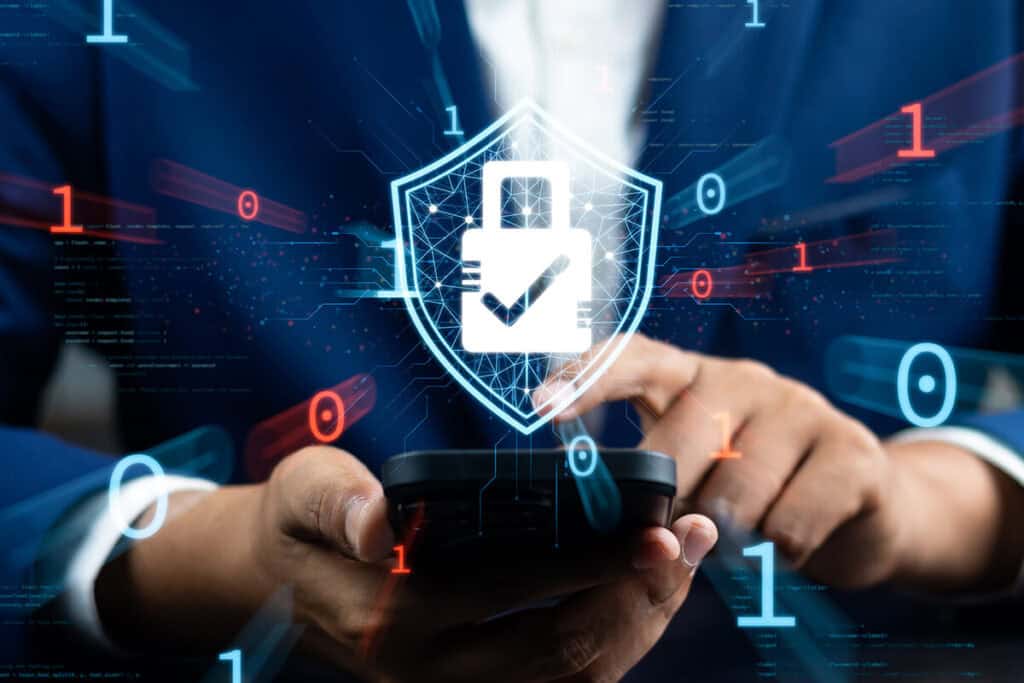
ISO 27032
This part of ISO 27001 specifically addresses cybersecurity, providing guidance for how to manage cyber security risks and implement appropriate controls.

ISO 27031
This standard provides a framework of methods and processes that IT functions can use to support business continuity.
Conclusion
In conclusion, combining business continuity and cyber security is vital for protecting operations from cyber threats. Proactive incident response plans, risk assessments, and aligned disaster recovery strategies enhance resilience. Continuous monitoring, AI, and machine learning strengthen defenses. Adapting to evolving threats and ensuring compliance are key. Integrating cybersecurity minimizes downtime, financial losses, and upholds reputation. Updating plans, training staff, and effective communication are crucial. These practices bolster business continuity, build customer trust, and drive success in the digital era. By combining these two critical components, businesses can effectively mitigate risks and navigate challenges to ensure long-term sustainability and growth.

